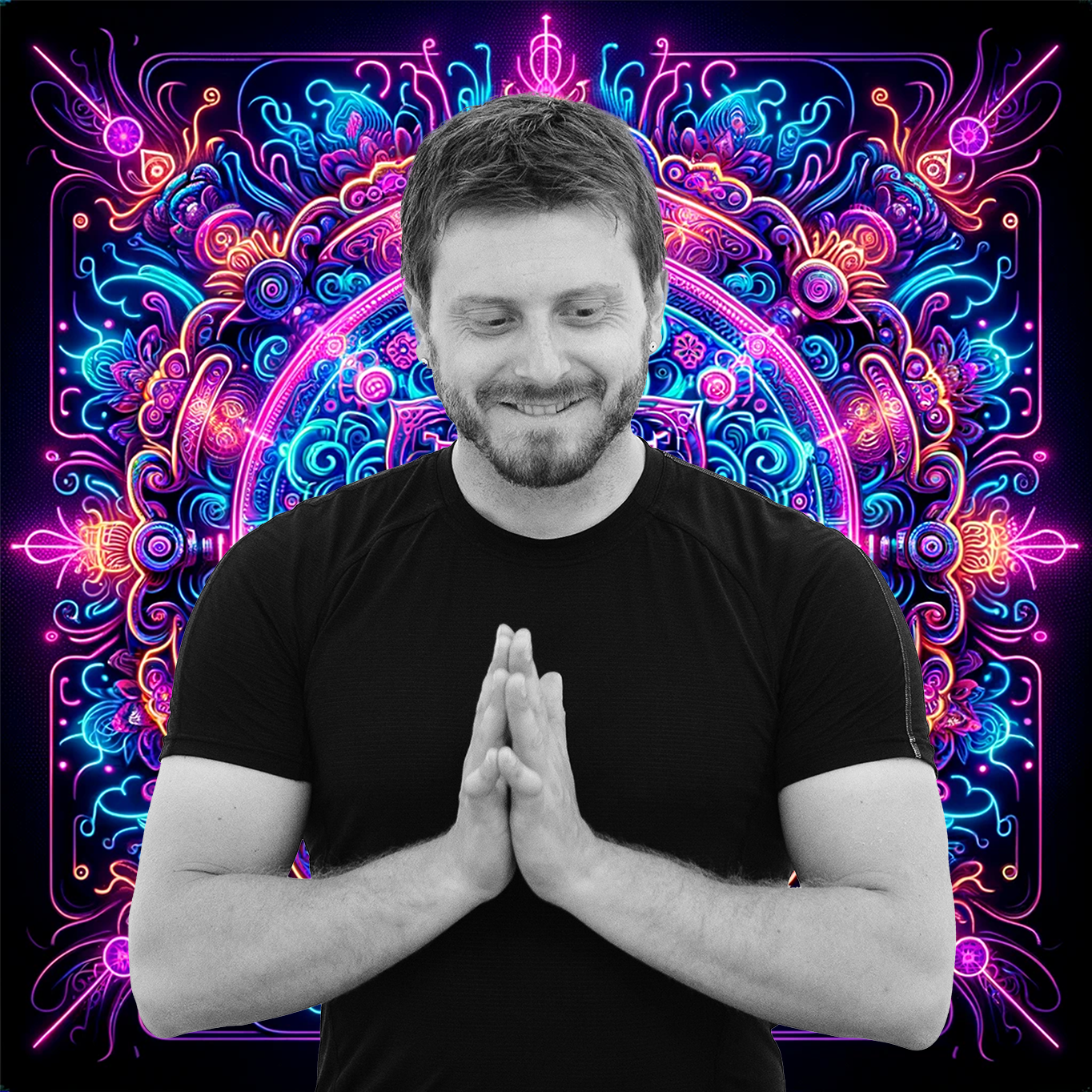The 5 Meditation Myths Holding You Back
Meditation comes with a lot of expectations.
Calm. Stillness. Clarity.
But when you sit down to practice, it can feel like you’re doing it all wrong.
Your mind won’t stop racing. You can’t find the perfect cushion. You don’t feel relaxed at all.
That’s because we’ve all been told countless myths about meditation—many of which are flat-out wrong.
Today, I’d like to share five of the most common meditation myths that keep my students stuck.
By learning to let go of these myths, you’ll reconnect with your practice in a way that feels natural, intuitive, and alive.
1. The Myth of Perfect Conditions
We think that meditation requires the right conditions:
Silence.
A pretty space.
The perfect cushion.
But none of these really matter.
Life is noisy. There’s traffic outside. Your kids might be playing in the next room. Maybe your neighbor is mowing the lawn.
These things aren’t barriers to practice—they are the practice.
I’ve even sat on retreats where the near-perfect conditions were constantly shattered by hammering from construction or the whir of a leaf blower.
My teachers reframed these distractions—not as obstacles, but as prime opportunities to notice how my mind reacts.
Because the real work of meditation isn’t about creating ideal conditions. It’s about being present with whatever’s here.
And this applies far beyond formal meditation. Waiting in line, sitting at a stoplight, or riding the bus are perfect opportunities to practice mindfulness.
Perfect conditions are a myth.
Equanimity—the ability to stay grounded no matter what’s happening around you—is the deeper intention.
2. The Myth of a Quiet Mind
“I can’t meditate because my mind won’t stop racing.”
I hear this all the time. It’s one of the biggest misconceptions about meditation.
But meditation isn’t about silencing your thoughts. It’s about noticing them without getting lost in them.
I still remember my first mini-retreat—a six-hour afternoon workshop. I showed up expecting to achieve the blissful, quiet mind I’d imagined.
Instead, my mind spun in circles, and I left feeling frustrated and defeated.
When I told my teacher, he smiled and said, “Sounds like a fruitful retreat.”
At the time, I didn’t get it. Now I do.
The act of noticing your thoughts is the practice. Especially when they feel overwhelming.
Over time, your attachment to thoughts—and your resistance to them—soften. The mind begins to settle, and the stillness that’s already there starts to shine through.
But the irony is, the only way to get there is by allowing your thoughts to just be.
3. The Myth of Relaxation
Meditation is often sold as a way to relax. But that’s not the whole truth.
Yes, meditation can calm the mind. But its real power lies in helping you meet your experience—whether it’s pleasant or not.
In Buddhist teachings, meditation has two aspects: tranquility (shamatha) and insight (vipassana). Tranquility calms the mind. Insight helps you see reality clearly.
Feeling restless or uncomfortable during meditation isn’t a failure. It’s a sign you’re paying attention.
Meditation reveals the mind’s patterns. Over time, you learn to let those patterns come and go without resistance.
This builds equanimity: deep peace that doesn’t depend on circumstances.
Relaxation is part of the process, but it’s not the goal. The goal is to meet your experience as it is, without resistance.
4. The Myth of Enlightenment
Enlightenment feels mystical. Even magical.
Most people see it as a far-off goal, reserved for the most intense practitioners.
But awakening isn’t about becoming someone new. It’s about uncovering the reality of what’s already here.
The stillness, clarity, and freedom you’re seeking aren’t outside of you. They’re your natural state. Meditation helps untangle the patterns that obscure them.
Here’s the paradox: if you’re chasing enlightenment as something “out there,” you’re moving further away from it.
Awakening is about waking up to this moment—not striving for some imagined future state.
It’s a gradual process, built through small moments of mindfulness. But it’s accessible. And it’s already here—if you make the space for it.
5. The Myth of Monks and Masters
Many people assume that deep meditation is only for monks or for people who dedicate their entire lives to practice.
Wrong.
Over my years of teaching, I’ve met countless people who’ve achieved profound insights while living “ordinary” lives. Musicians. Professionals. Artists.
Through mindfulness, they transformed their relationship with their otherwise ordinary lives.
Daily life isn’t an obstacle to practice. It’s the ideal place for practice.
You don’t need to meditate in a cave or escape the world to experience transformation.
You just need to commit to showing up.
Mindfulness isn’t about escaping life. It’s about engaging with it fully and meeting everything that arises with presence and equanimity.
What These Myths Have in Common
All of these myths frame meditation as something special or separate from daily life.
But meditation isn’t about perfection. It’s not about creating an ideal state or achieving some mystical goal.
It’s about meeting life as it is. Right now.
You don’t need ideal conditions. You don’t need to silence your mind. You don’t need to relax, escape, or become someone else.
You just need to begin. Again and again.
If these myths have been holding you back, check out my free course, The Embodied Mindfulness Method. It’s a step-by-step guide to integrating meditation and yin yoga into your daily life.
And when you are ready to fully immerse yourself in transfromation, the Embodied Mindfulness Membership is now open.
And if any of these myths resonate with your experience—or if there’s one I missed—I’d love to hear from you. Reply, share your thoughts, or ask a question.

